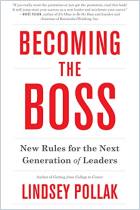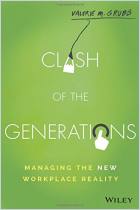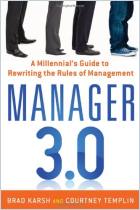Millennials today outnumber gen Xers and baby boomers in the workplace. Some labor forces span five generations. Thus, traditional workplace norms no longer adequately address all generations. Organizations must reexamine their strategies to speak to a larger mix of workers. Lindsey Pollak uses an analogy from music to encapsulate her vision of the modern workplace, which involves a blending of old and new: the workplace remix. Writing before COVID-19 scattered employees to home offices, she outlines strategies to help leaders adapt to and address the needs of the multigenerational workforce.
Generational overlaps require companies to rethink modern workplace norms.
Five generations labor together in today’s workforce: traditionalists – often called the silent generation – baby boomers, gen Xers, millennials and members of gen Z. Generational characteristics often guide employee behaviors. For example, baby boomers tend to have an optimistic, self-focused outlook on life, while millennials tend to be more group-oriented and purpose-driven. Understanding generational preferences can help leaders better manage their organizations.
With Millennials now outnumbering gen Xers and baby boomers,successful emerging norms blend old and new workplace practices and approaches – to use an analogy from music, a “remix.” Leaders and employees should keep certain ideas in mind in this evolving work environment:
- Assume your co-workers have good intentions.
- Don’t assume that one strategy will apply to all employees.
- Keep what works and let go of what does not.
- Offer choices, but provide clear boundaries.
Recruiting talent requires...
Lindsey Pollak, a consultant and an expert on millennials and multigenerational workplaces, also wrote Becoming the Boss.

















Comment on this summary